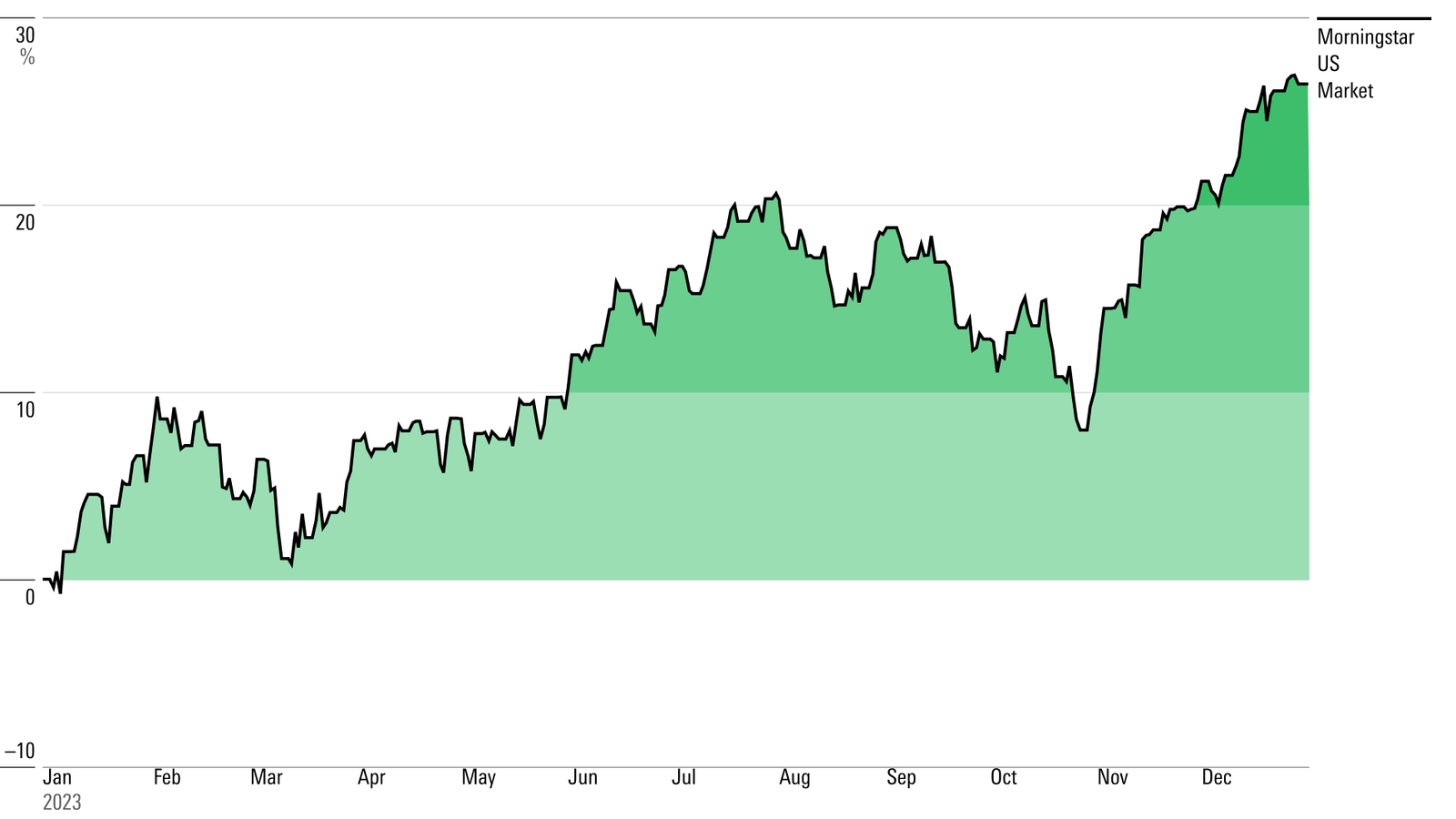A CV (Educational program Vitae) is something beyond a record; it’s your own promoting device, displaying your abilities, accomplishments, and experience to expected bosses. Making a CV that stands apart can fundamentally expand your possibilities getting the most amazing job you could ever ask for. This guide will walk you through the fundamental stages to make an expert, eye-getting CV.
1. Understand the Purpose of a CV
Prior to plunging into organizing and content, it’s fundamental to comprehend what a CV is intended to accomplish. Not at all like a resume, which is regularly concise and custom fitted to a particular work, a CV is an itemized record that incorporates your scholastic foundation, proficient experience, abilities, and achievements.
2. Choose the Right Format
Choosing the right organization is vital for sorting out your data in a manner that is not difficult to peruse.
A. Chronological Format
Ideal for people with steady work history, this arrangement records your encounters and accomplishments in turn around sequential request, beginning with the latest.
B. Functional Format
Ideal for those with holes in their work history or vocation transformers, this arrangement stresses abilities and achievements over unambiguous work jobs.
C. Combination Format
This consolidations the best case scenario, featuring your abilities while likewise displaying a nitty gritty work history.
3. Start with a Strong Header
Your header is the main thing bosses will see, so make the most of it. Include:
- Complete Name: Utilize the name you maintain that businesses should call you by.
- Contact Data: Guarantee your telephone number, proficient email address, and LinkedIn profile are state-of-the-art.
- Area: Notice your city and express; there’s no requirement for a full street number.
Example:
- sql
- Copy code
- Jane Doe
- janedoe@email.com | (123) 456-7890 | linkedin.com/in/janedoe | New York, NY
4. Write a Compelling Personal Statement
This is your brief presentation — a succinct outline (3-4 sentences) of what your identity is, what you offer of real value, and your profession desires. Tailor this segment to the particular job or industry you are applying to.
Example:
“Profoundly energetic promoting proficient with north of five years of involvement with advanced missions and content creation. Skilled at driving brand commitment and conveying quantifiable outcomes. Looking to use my skill in web-based entertainment system to add to XYZ Organization’s development.”
5. Highlight Your Work Experience
a. Structure It Effectively
List your work insight in turn around sequential request, zeroing in on the most applicable positions. Include:
- Job Title
- Company Name
- Location
- Dates of Employment
- Bullet Points Describing Your Role and Achievements
b. Use Action Words
Begin each bullet point with strong verbs like developed, led, implemented, or achieved. Quantify your accomplishments when possible to show tangible results.
Example:
- Expanded site traffic by 40% through Website design enhancement improvement and designated content promoting.
- Dealt with a group of five to execute showcasing efforts, bringing about a 20% ascent in client securing.
6. Showcase Your Education
Include your academic qualifications, starting with the most recent. For each entry, mention:
- Degree Earned
- Institution Name
- Graduation Date
- Honors or Notable Achievements (if applicable)
Example:
Four year certification in scientific studies in Software engineering, College of California, Berkeley
Graduated: May 2020 | Cum Laude
7. Add a Skills Section
Create a separate section to showcase your core competencies. Tailor these skills to align with the job description. Divide your skills into categories like:
- Specialized Abilities: Capability in programming, programming dialects, or apparatuses.
- Delicate Abilities: Correspondence, critical thinking, authority, and so on.
- Dialects: Notice any extra dialects you talk, alongside your capability level.
8. Include Relevant Certifications
Certifications demonstrate your commitment to professional development. List relevant certifications with their issuing organizations and completion dates.
Example:
- Google Analytics Certified (Issued: June 2023)
- Certified Scrum Master (Issued: September 2022)
9. Consider Adding Optional Sections
To make your CV unique, you can include additional sections, such as:
- Projects: Feature critical ventures that exhibit your abilities and imagination.
- Volunteer Insight: Exhibits your obligation to local area and initiative.
- Leisure activities and Interests: Incorporate in the event that they are pertinent to the gig or show novel abilities.
10. Use a Clean, Professional Layout
Your CV’s design matters. A cluttered or unprofessional layout can turn recruiters away. Keep these tips in mind:
- Textual style: Utilize proficient text styles like Arial, Times New Roman, or Calibri in 10-12 point size.
- Dividing: Utilize predictable edges and satisfactory dispersing between segments.
- Bullet Points: Use them to organize information for readability.
- File Format: Save your CV as a PDF to ensure the formatting remains intact.
11. Tailor Your CV for Each Job
One size doesn’t fit all. Redo your CV for each request for employment by adjusting your abilities and encounters to the gig necessities. Use catchphrases from the expected set of responsibilities to work on your possibilities passing candidate global positioning frameworks (ATS).
12. Proofread and Edit
Spelling and language blunders can be issues. Use devices like Grammarly and have a believed companion or coach survey your CV for slip-ups and clearness.
13. Test It Against Industry Standards
Compare your CV with templates or examples in your field to ensure it meets industry standards. This is particularly useful if you’re entering a highly competitive or specialized industry.
14. Final Touches Before Sending
- File Name: Save your file with a professional name like JaneDoe_CV.pdf.
- Check Compatibility: Ensure your CV is easy to view on different devices.
- Follow Instructions: If the job application specifies a format or additional documents, follow these instructions to the letter.
Conclusion
A very much created CV is your door to handling a meeting and eventually getting your ideal work. Focus intently on fitting it to the job, guaranteeing it’s expert, mistake free, and features your novel assets. Keep in mind, your CV ought to recount a story — an account of your expert process and for what reason you’re the ideal fit to make it happen.
By following these means, you’ll be well headed to making a CV that intrigues scouts and separates you from the opposition. Additionally, you can likewise follow TGTube for additional most recent updates.




